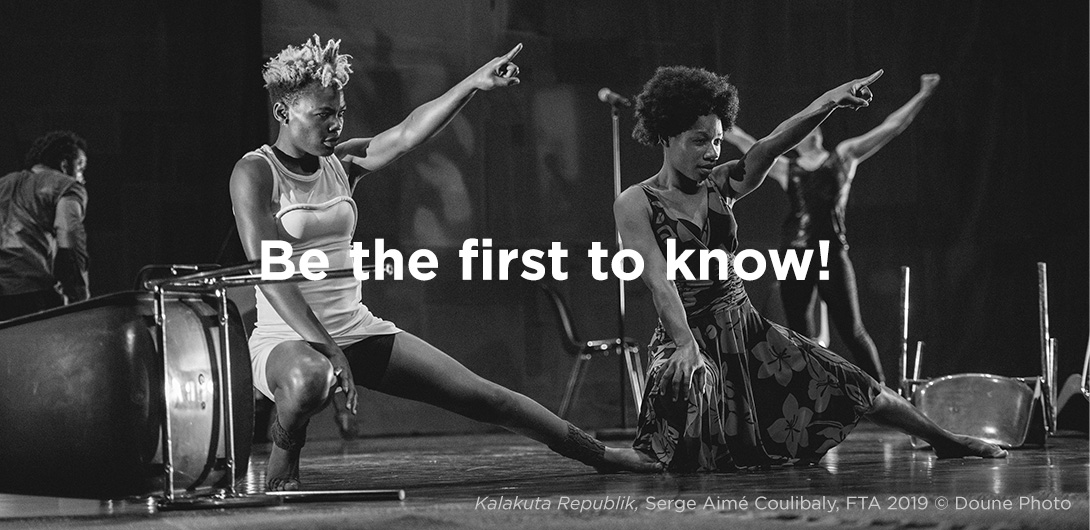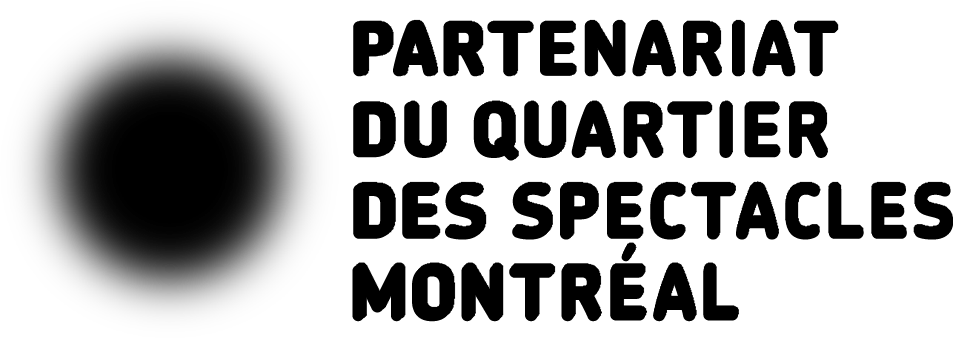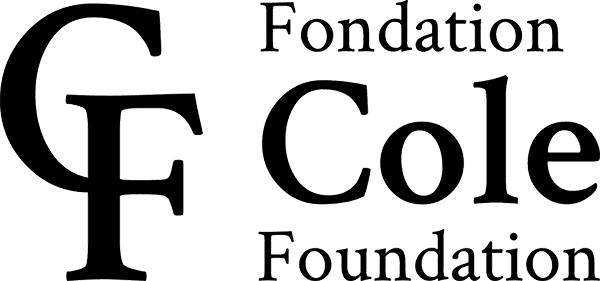Multitud puts into practice philosophical concepts related in particular to the tension between the collective and the individual. Where did this idea come from?
I’m one of those artists whose works are linked, with one piece leading to another. Multitud came from research that I did on recent memory and the dictatorship experienced by my country. Coming from a family that is very politically engaged, there are people in my circle who are exiled, missing, or in prison… I also belong to a transitional generation whose way of imagining the future was shaped by our political reality and whose world changed when it was able to take action. This discontinuity, when a whole way of thinking became obsolete, gave rise to the quest for a community to invent. With Multitud, I wanted to examine how we can be together while all being different, because we were coming out of a period based on homogeneity, on the idea that strength comes from unity, that together we can change the world. But how can we achieve something shared when we are all different?
I also wondered what would happen to a work if I changed the scale by increasing the number of performers. I started my explorations by drawing inspiration from contemporary Italian philosophers, who have taken up Spinoza’s ideas about multitude. Paolo Virno, for example, says that the language of the multitude is basic and not codified. The language of this piece is very simple: walking, running, laughing, falling… You don’t need to be initiated into it to take part.
This work also questions power relations by focusing on the self-organization of the group through making individual decisions that serve a common purpose…
Yes, it’s not mass choreography but rather a dance of relationships. The performers know what actions need to be taken, and they decide in the moment to start or stop them. There’s no leader, but they are present for the other, listen to them, and are totally open. It’s about taking the risk of occupying the present moment together. Each person is responsible for themselves, their body, their choices. While I may be the leader at the start of rehearsals, I gradually withdraw, because it’s an exercise in autonomization. It requires me to relinquish all forms of control and let things happen. And it’s always both surprising and wonderful to see how this autonomy develops. I’m always struck by the way that people deal with constraints to take ownership of the work. All kinds of people have already danced it. There was one woman who was 86 years old, one who was almost blind, another in a wheelchair… They all found their way into the piece with the group’s support. It’s beautiful to see and very moving.
The exercise of letting go applies to me just as much as to the performers. The fundamental idea is to always leave the door open to individual choices. It’s also an invitation to deviate from the norm without putting the group in danger. It’s very difficult to practice this openness; it’s an important exercise for the self. In a broader sense, openness implies that anyone can show up and claim the same opportunities as me. That’s what makes migration such a delicate issue. It’s also what makes this piece political. It proposes a system in which people must figure out how to connect with each other.
How do the details of Multitud change depending on where it is staged, and what have you learned from it since it was created in 2013?
I went through a crisis at the moment when I told myself that this work would never die—I would have to kill it myself to free myself from it. And then I understood that it was more than an activity or a work, that it was a practice related to personal and social time, and as a result, it could not die. Its vocabulary goes beyond the initial philosophical reference points and is shared by all human beings, even if takes very different forms in Latin America, in Arab countries, in Cuba, in Belgium, or in France.
For me, it’s an incredible opportunity to understand the world through the prism of people from different societies. My fascination with differences is almost an addiction. The number of possible viewpoints on the same situation is so large that I try to cultivate a state of not-knowing, to never presume what people are going to do and simply observe what happens. For me, that eliminates the need to read and situate the other. My perspective is constantly renewed.










